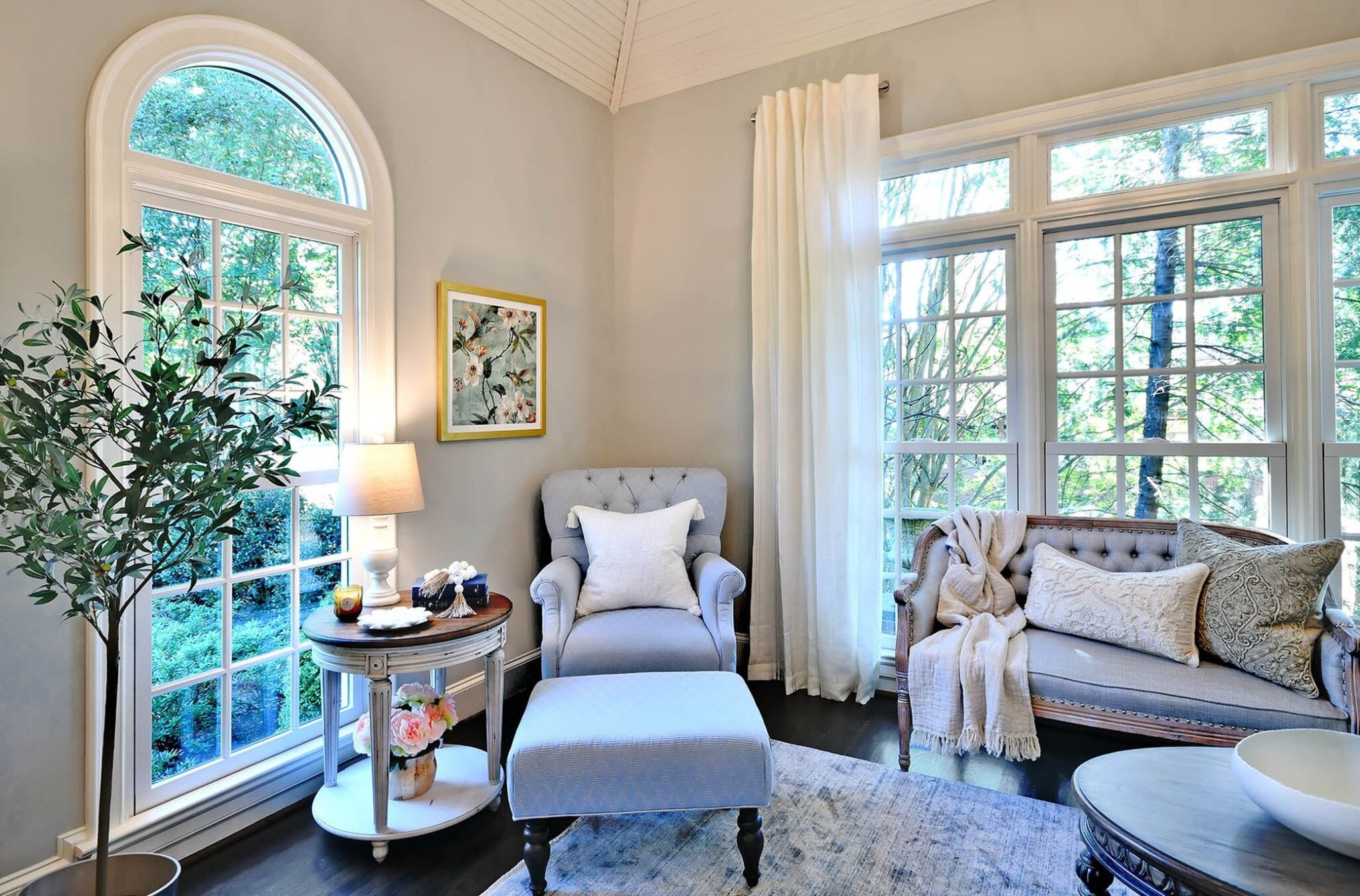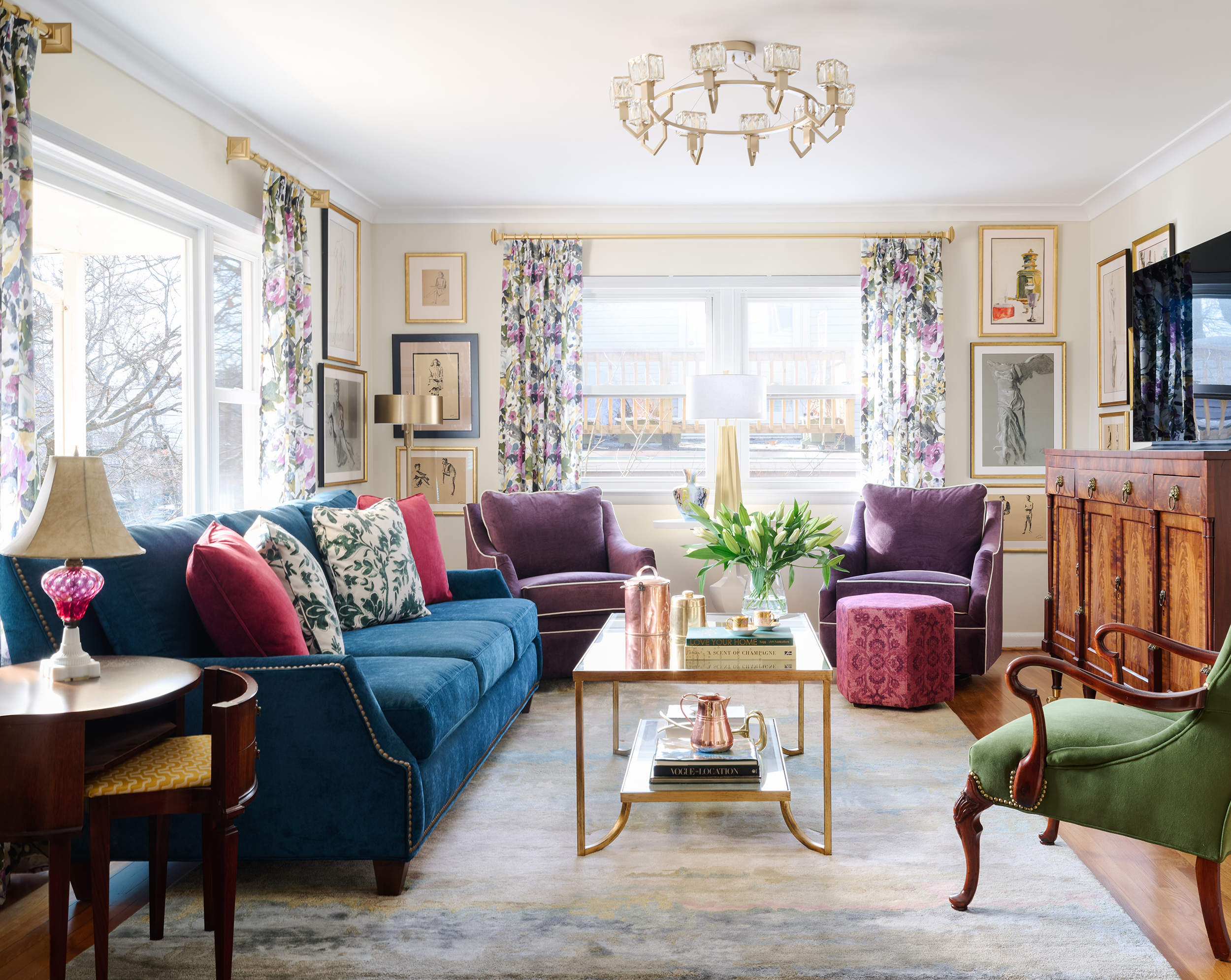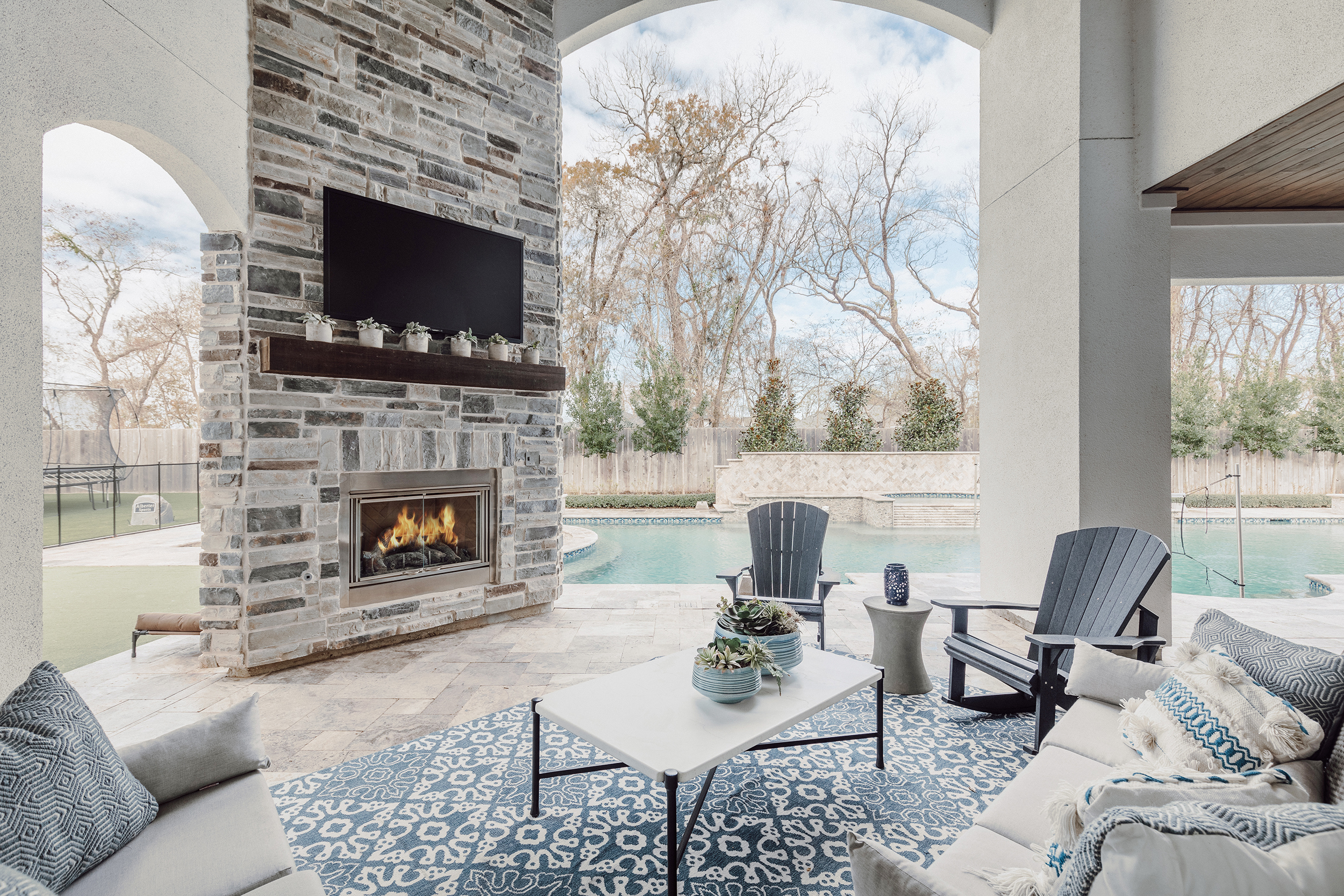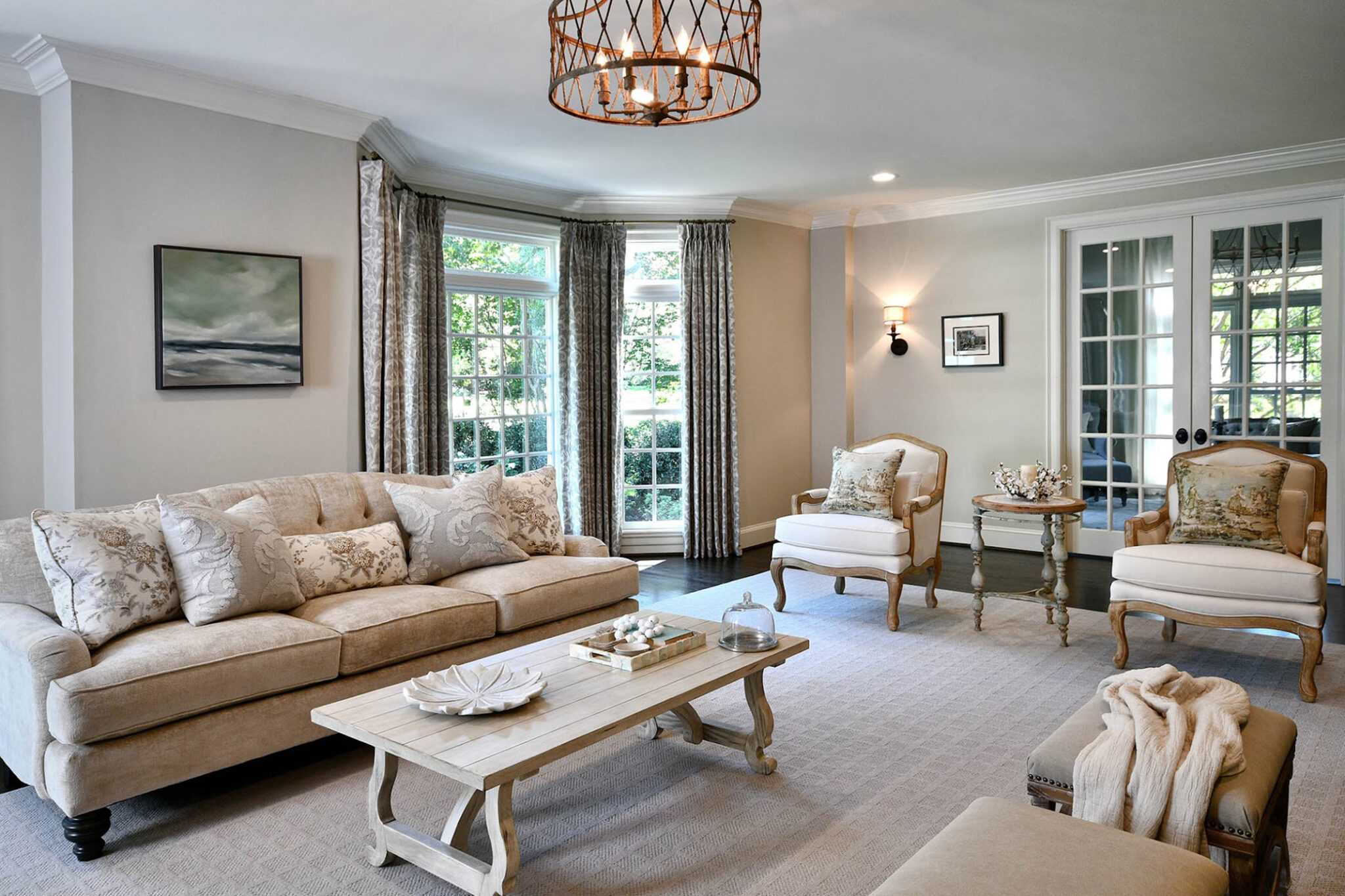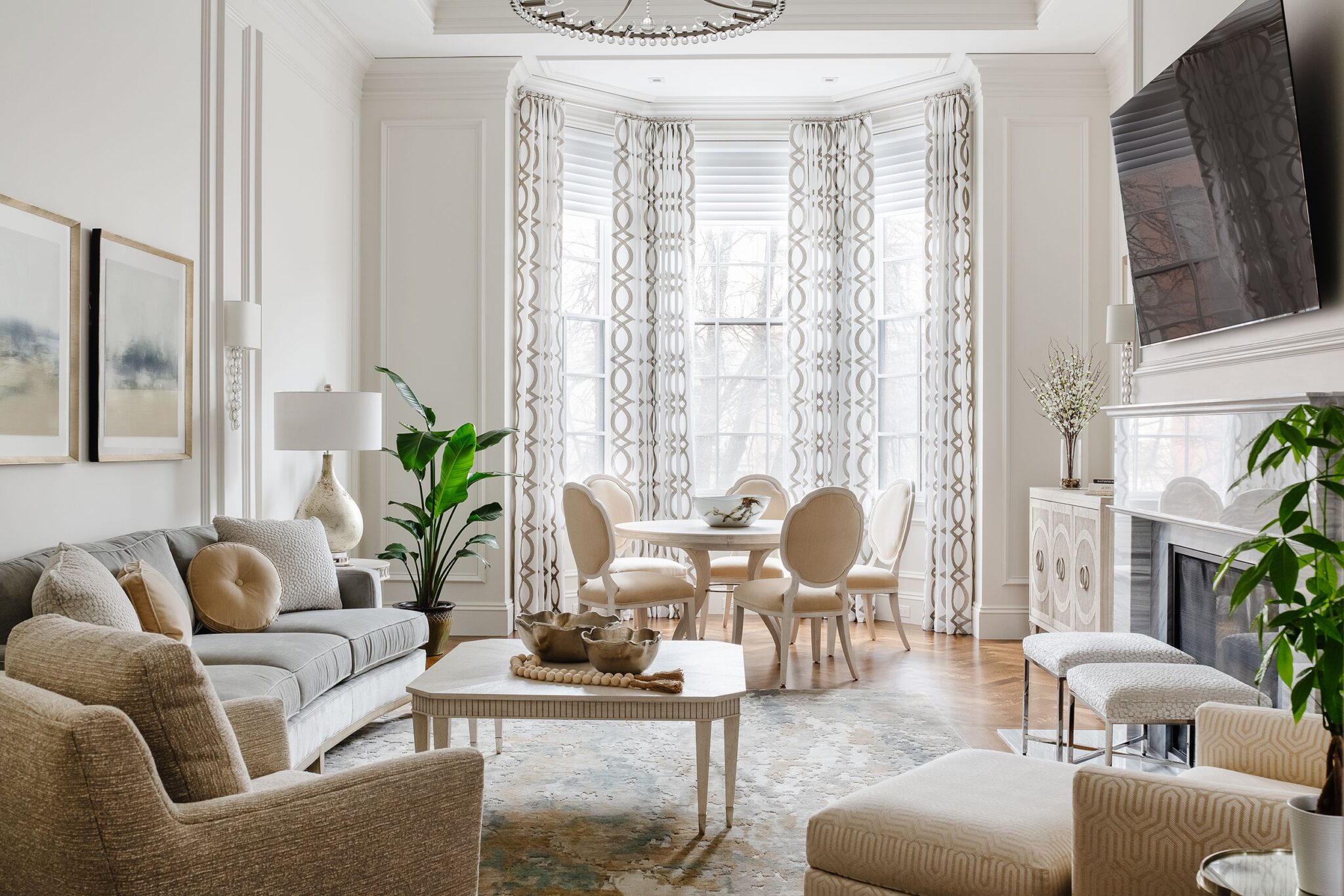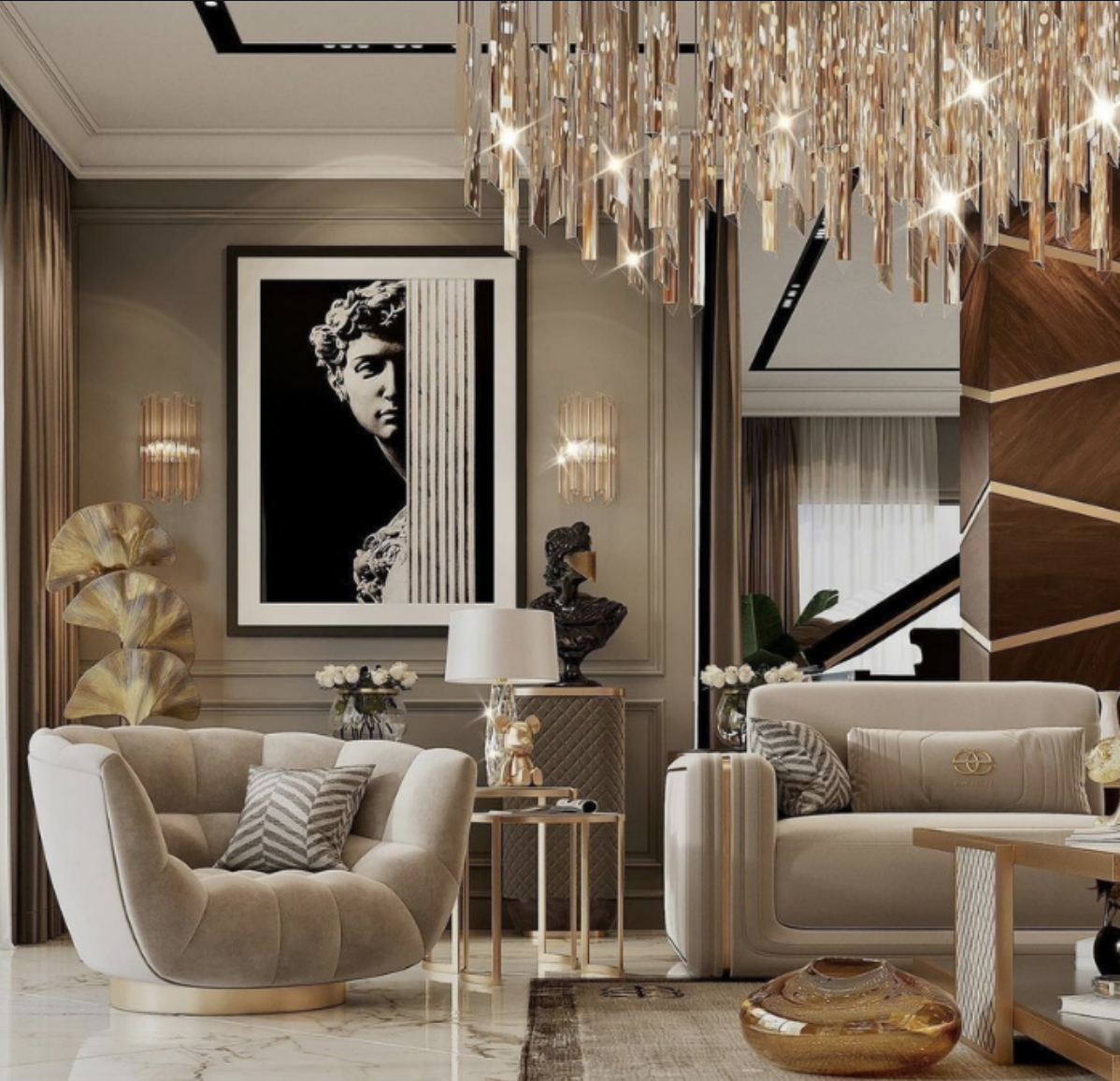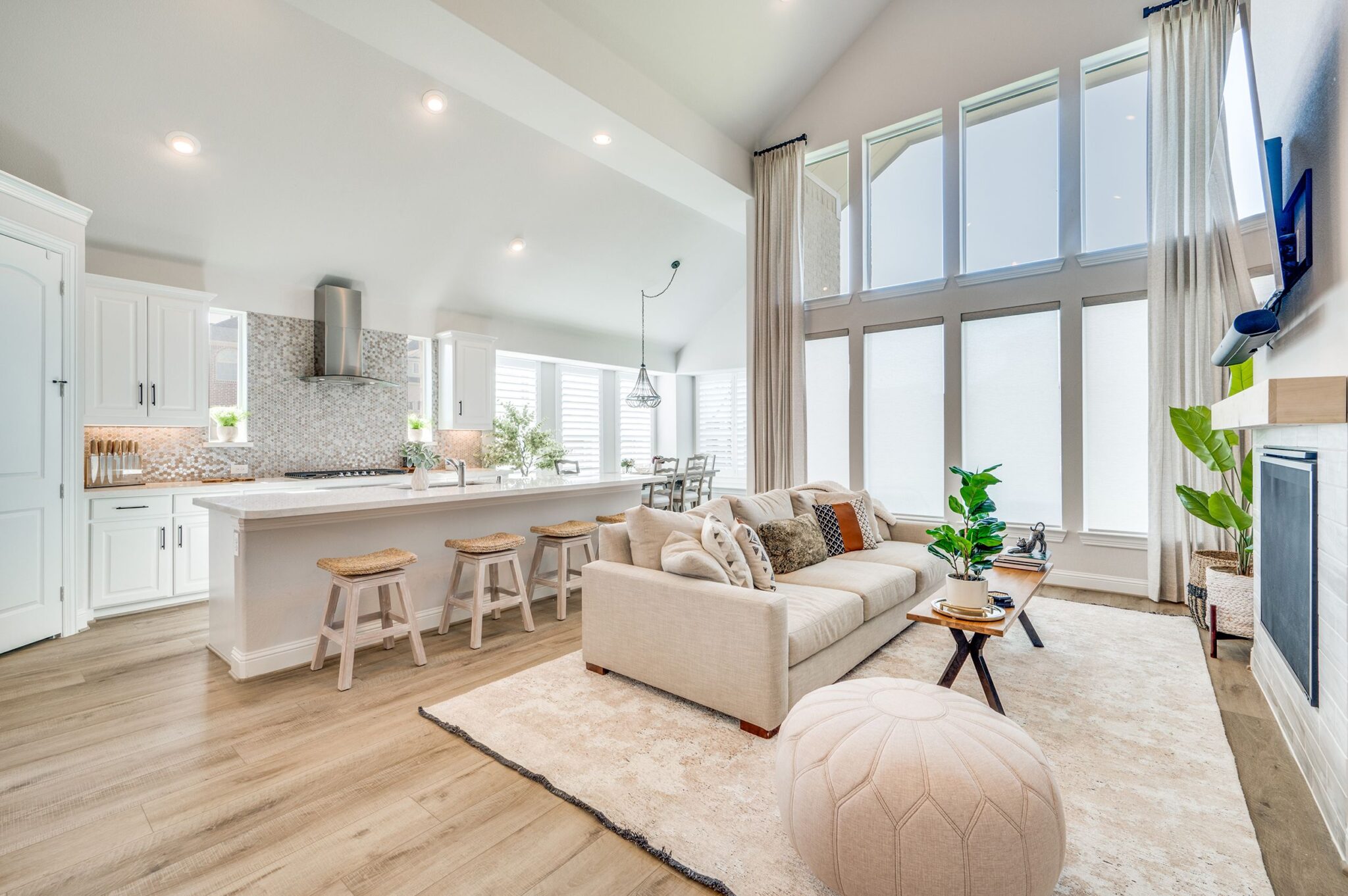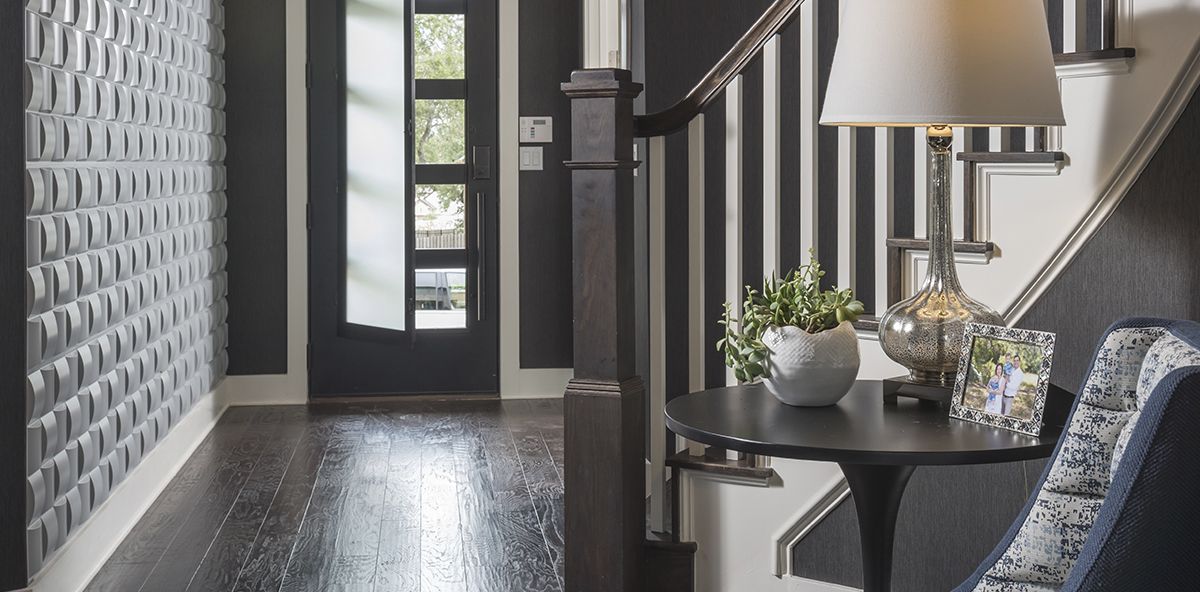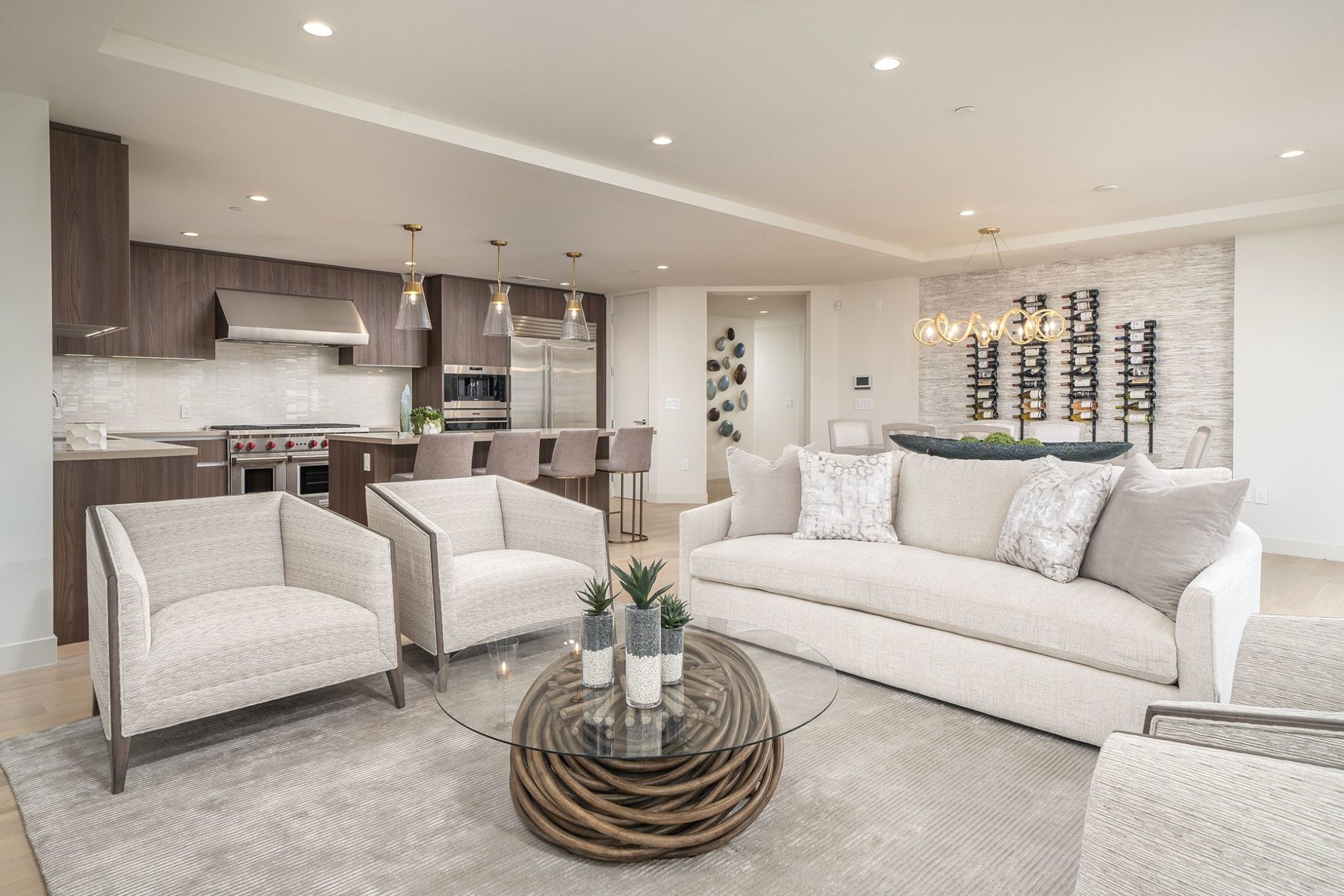Last month we focused on sustainable design and how it collectively can improve our personal health and the health of our worldwide environment. This month we are delving into biophilic design. Biophilic design is something we can easily embrace and employ in our homes. So, what is biophilic design?
Biophilic design simply relates to bringing nature into our homes. Doing so improves our sense of well-being. Why? First, we need to look to the past. Specifically, that our brains “evolved in a biocentric world”, according to Edward O. Wilson, author of The Biophilia Hypothesis. Regardless of what science says, we are attuned to nature because of how it makes us feel. Even short exposures to nature can make us less aggressive, more creative, more civic-minded, and healthier overall.
Biophilic Design – Core Principles
How can we bring nature inside and improve our quality of life? There are three core principles in biophilic design:
Nature in the Space
Bringing real forms of nature into your space. Plants, wood, water, and stone are some examples.
Natural Analogues
Bringing representations of nature into your space. Paintings of forests, flowers, waterfalls exemplify this principle.
Nature of the Space
Mimicking spatial qualities of the natural world through the use of site lines or creating areas of retreat.
Below are a few main areas to consider when bringing nature inside.
 Tree branches as well as veining on leaves are examples of fractal geometry in nature.
Tree branches as well as veining on leaves are examples of fractal geometry in nature.
Color, Pattern, and Texture
We all have emotional responses to color. As individuals we may feel these responses to a differing degree. Generally, blues create calm, greens are energizing, yellows evoke the sun and warmth, purples and mauves remind us of dusk and dawn and add a sense of mystery, while oranges and reds are stimulating. In embracing color we want to be sure to create harmony overall and use bolder colors sparingly to spark interest without being oppressive.
Patterns that mimic those found in nature can lessen stress and have a restorative effect. Such patterns, known as fractals, include the veining on a leaf, snowflakes, pinecones, the petals on a flower, and coral reefs. These patterns are easy on the eyes because there is a resonance between how our eyes view and what they are viewing. Glimpses of these fractal patterns can engage us, inspire awe, and help us with self-reflection. This is why, given a choice, you want to work near a window rather than a blank wall.
Textures are another opportunity to connect with nature. Natural textures and materials are inviting and create a sense of belonging and comfort. Natural fibers, stone, clay (ceramic), leather, and wood are popular for a reason.
Light
Allowing natural light into your space through windows improves your mood. If glare is a concern, use sheer curtains or light-filtering shades to soften but not block the light. To maximize winter light, add reflective surfaces like mirrors or glazed tiles to bounce light around your space.
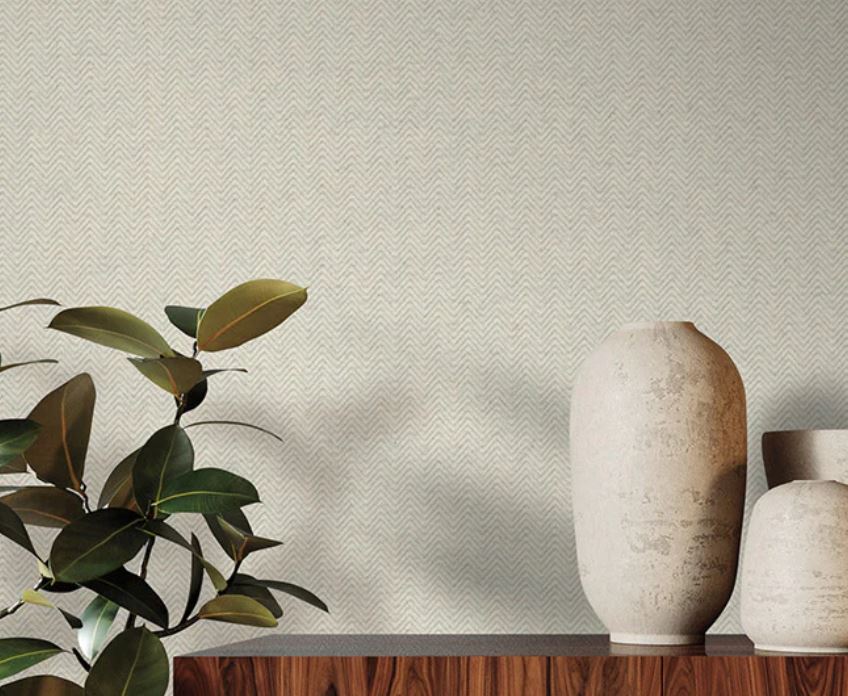 Acoustical wallcoverings improve sound quality creating quiet retreats within your home.
Acoustical wallcoverings improve sound quality creating quiet retreats within your home.
Sound
Noise levels of 55dB and above can raise blood pressure and increase rates of heart disease. Strategically planted hedges and trees in your yard can help reduce incoming noise. What about inside your home? There are a growing number of acoustical wall treatments to help create quiet environments within the home. Additionally, thick rugs and, interestingly, large leafy houseplants can also help to dampen noise.
If you happen to be in the market for new appliances, consider Quiet Mark award winners to improve sound quality in your home.
Air
Open your windows, especially those farthest from the street or other contaminating sources in your neighborhood. Use exhaust fans to remove odors, humidity, and other sources of indoor air pollution. Dusting with a damp cloth and using a HEPA filter vacuum regularly reduces dust as does frequent laundering of bed sheets, throws, cushion covers, and pet bedding.
Plants
Adding plants improves your home environment on several levels. Houseplants provide a welcoming lush appearance, a sound dampening effect (large leafy plants), as well as, adding oxygen to the air. Real plants are best, but preserved and even artificial plants offer visual benefits.
Some plant options to consider, room by room, include:
Bedroom – snake plant, peace lily, aloe vera
Bathroom – air plants, snake plant, pothos
Kitchen – culinary herbs and philodendron
Living and Family Rooms – rubber tree, monstera, dracaena
Home Office – zz plant, fiddle leaf fig, philodendron
There is growing proof that bringing nature inside has wonderful health benefits. Are you ready to embrace bringing the outdoors in? Contact the team today for help with your interior design project!

